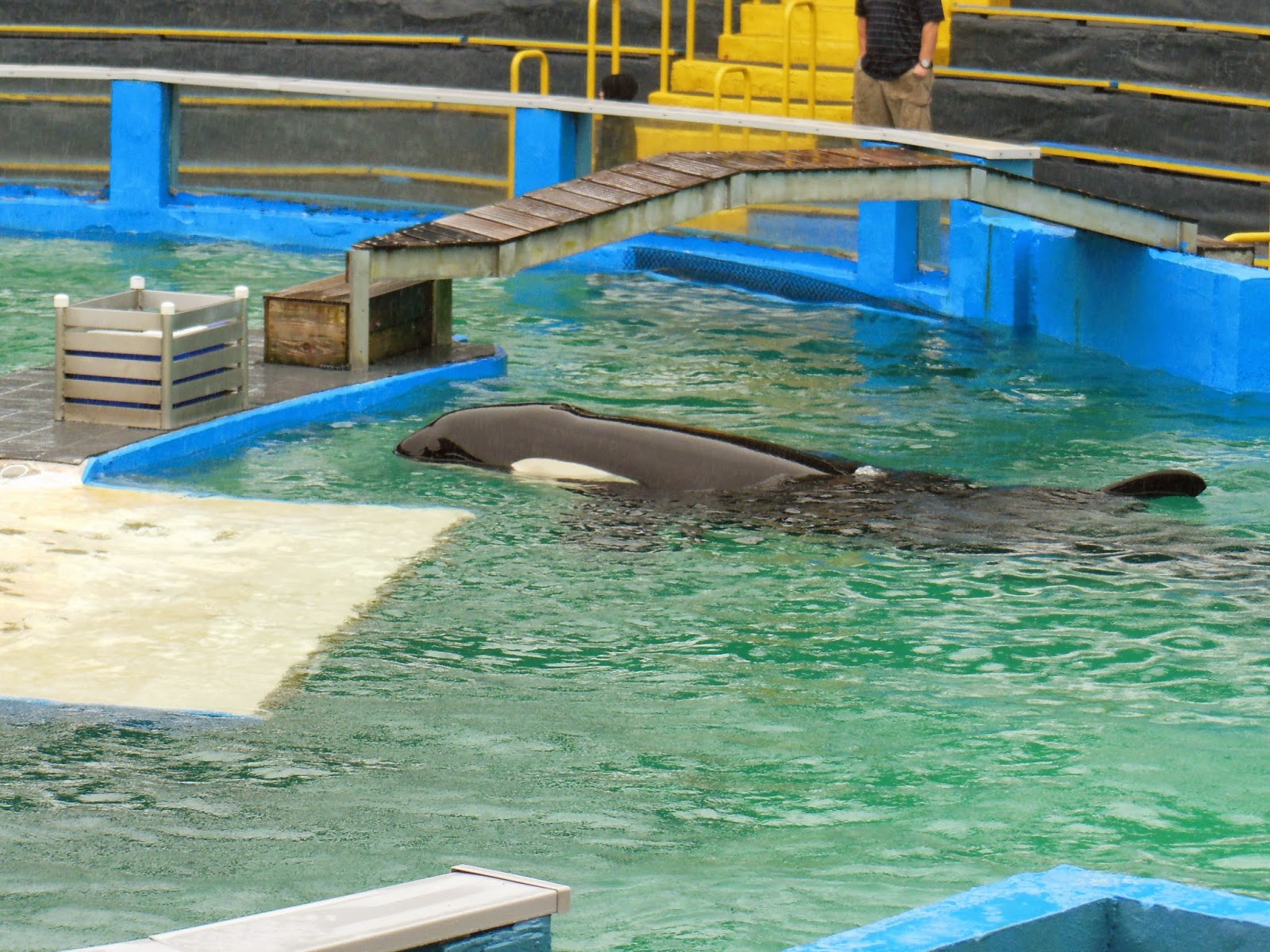 |
| Charcoal by Sallie Reynolds |
Sallie and I were emailing back and forth a week or so ago, and somehow the subject of Turkey Vultures came up. I told her about my friend Shelia Gaby, who did her PhD thesis on Turkey Vultures. As I recall she would cannon-net them at the Miami dump to tag them. The president of the University of Miami visited the site one day and, while helping Sheila tag one of her subjects, was thrown up upon. My version of the story is secondhand at best, so Sheila feel free to correct me. I then commented to Sallie that If I could come back as an animal, it would be a Turkey Vulture. That's always good for an UGH!
My reason: they don't kill their own food, love to sit with their
backs to the sun, never have a bad hair day, can soar on thermals with their
friends, and rarely dine alone. Ahhh, what a life." GR
The Tale of a Nose by Sallie Reynolds
Ginny loves Turkey Vultures as much as I do. But most of you
probably don't often think about them, any more than you think about garbage
collectors. Silently, these birds perform a similar great service. Many more
animals die than can be consumed quickly by predators, scavenging mammals,
insects, and microbes. So it's avian sanitary engineers to the rescue: From the
air, they find carcasses more quickly and can get to them speedily. And since
the sight of descending vultures is like a dinner bell, a carcass is often
picked clean by a large crew, within hours.
You can Google “New World Vultures” and find the basics of
their lives (try my website:
www.takethemoment.org/species
for a detailed introduction). But here are a few esoteric bits:
The story of our Turkey Vulture, or TUVU – one of the two
vultures we have in California – is the tale of a nose. TUVUs are different
from other vultures. They have a keen sense of smell, much keener than the
famous nose of bloodhounds, much much keener than the noses of all other
vultures (except two cousins in South America). Miles away and high overhead,
they sniff out all newly dead creatures. Hawks, eagles, and other diurnal
hunters find their prey by sharp eyesight; owls, being nocturnal, find theirs
largely by hearing. TUVU uses his nose. It's not that other birds can't smell –
we're discovering that that old wives tale is false. But TUVU's nose rules and
he is the first to the party. Good thing, too, because, unlike hawks and owls,
TUVUs can't kill with their wimpy feet, and their beaks are not very powerful
either. This may be one reason they hang around roads: cars carve up the dinner
beast before they get there, so they can eat fast before the rough, tough
coyotes arrive and drive them away.
 |
| The adult w/ red head, shows the incredible
nostril of this smelling machine |
Vultures not only clean up dead animals, they
reduce contaminants in the soil around their dining room. Their super-acid digestive juices (truly odoriferous!) kill many serious pathogens, including those causing salmonella
poisoning, rabies, and anthrax. The indigestible bits from their meal are then
compacted by the gizzard into a large pellet. This they regurgitate, a little
present for microbes (microbes have the last word on us all). And since bird
poop is mostly liquid and their intestines don't store wastes, the slurry is
eliminated as it is produced. Vultures squirt it onto their own legs,
apparently as a cooling mechanism, but it also sprays generously onto the
ground, a tidy if stinky solution to potentially dangerous problem.
Whew! Did I say “keen noses?” Well, yes; even though they
love smells we hate, they are, in own their way, quite discriminating. A few
years ago, a captive TUVU developed a strong attachment to one of his keepers.
He'd approach the fence when the man appeared and behave in a friendly manner.
Then the man died. Two years later, his wife visited the compound and
approached the TUVU's cage. The bird made a bee-line for her, displaying all
the signs of recognition and affection he had shown toward his friend. Turns
out she was wearing her dead husband's jacket.
This extraordinary nose lets the TUVU perform another little
service: Before piping gas from a well to a storage tank, gas companies perfume
the odorless natural product with ethyl mercaptan, the chemical produced by
decomposing bodies. When a pipe springs a leak, TUVUs quickly gather overhead.
Company crews can then find the leak and repair the pipe.
 |
| Fledgling with gray head and blue eye. |
What would happen if these birds disappeared? In the last 20
years, India and Pakistan have seen their billions of vultures dwindle to a few
thousand, poisoned by a cheap non-steroidal anti-inflammatory drug given to
cattle raised for leather and dog-food exports. For millennia, the birds had
kept down filth and pathogens, even in large over-crowded cities. But today,
garbage areas have become stinking sumps and rabies is spreading from the
mammalian scavengers to humans.
Fortunately this is in no danger of happening here. In the
US today our vultures are thriving: TUVUs are common and increasing. The
smaller, scrappier Black Vulture, found in the East and South, is moving into
new territories. And the California Condor, after a truly dramatic recovery
process, is coming back from the very brink of extinction.
The line drawing is of a
single vulture, from a photo of a wall painting in Catal Huyuk, Turkey, from
about 8000 years ago.

 By Tom Gara
By Tom Gara 




